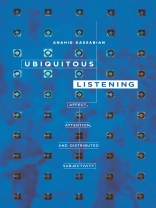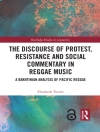How does the constant presence of music in modern life—on i Pods, in shops and elevators, on television—affect the way we listen? With so much of this sound, whether imposed or chosen, only partially present to us, is the act of listening degraded by such passive listening? In
Ubiquitous Listening, Anahid Kassabian investigates the many sounds that surround us and argues that this ubiquity has led to different kinds of listening. Kassabian argues for a new examination of the music we do not normally hear (and by implication, that we do), one that examines the way it is used as a marketing tool and a mood modulator, and exploring the ways we engage with this music.
İçerik tablosu
Acknowledgments
Introduction
1. Ubiquitous Listening
2. Listening to Video Art and the Problem of Too Many Homelands
3. The Sound of a New Film Form
4. Musicals Hit the Small Screen: Attention, Listening, and TV Musical Episodes
5. Improvising Diasporan Identities: Armenian Jazz
6. Would You Like Some World Music with Your Latte?: Starbucks, Putumayo, and Distributed Tourism
Conclusion
Works Cited
Notes
Index
Yazar hakkında
Anahid Kassabian is the James and Constance Alsop Chair of Music at the Institute of Popular Music and the School of Music at the University of Liverpool. She is the author of Hearing Film: Tracking Identifications in Contemporary Hollywood Film Music.












